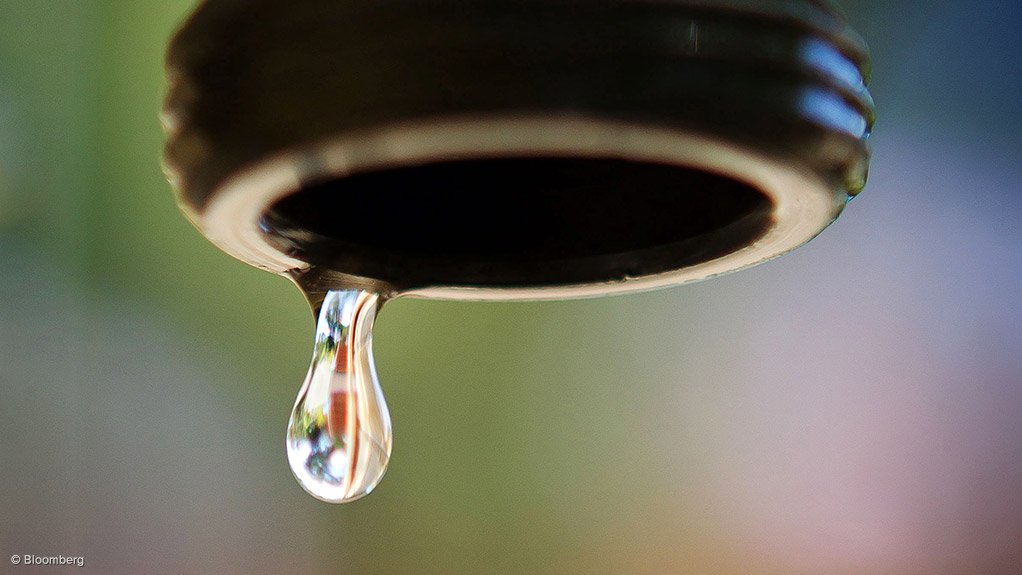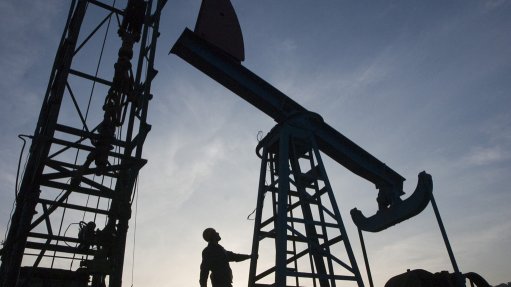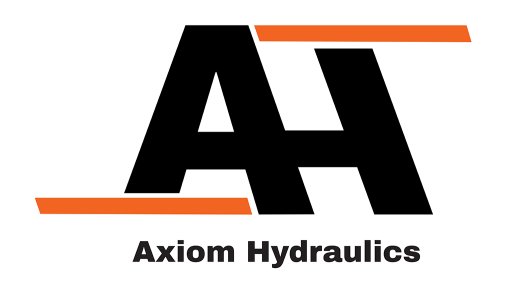DWS’s interim Blue, Green and No Drop Watch reports show deterioration of South Africa’s water sector
Correction action plans for only 168 of the 344 municipal wastewater systems that were found to be in a critical state by the 2022 Green Drop report have been submitted to the Department of Water and Sanitation (DWS).
Following the publication of the Green Drop Certification Programme report, in April 2022, the DWS issued non-compliance notices to 90 municipalities, requesting the municipalities to submit corrective action plans to address the shortcomings identified in the Green Drop report.
Releasing the Green, Blue and No Drop “Watch Reports”, precursors to the full and interim reports to be released later this year, DWS director-general Dr Sean Phillips said that the performance of municipal wastewater systems has been declining since 2013, when the last Green Drop assessment report was done prior to the programme's resuscitation in 2021.
In 2013, 248, or 30%, of 824 municipal wastewater systems were determined to be in a critical condition. By 2022, this had increased to 334, or 39%, of the 850 systems tested.
The Green Drop Watch Report, which outlines what has been done to address wastewater systems of the water services authorities that scored less than 30% in the 2022 Green Drop Report, shows that only 34 of the 168 plans submitted to the department were being implemented, with the balance being in planning phase or no progress reported.
Further, only 43 of the 90 municipalities requested support from the DWS to develop corrective action plans.
Consequently, the DWS issued directives to compel those municipalities which did not provide corrective action plans to submit them, and, in some cases, the DWS has opened criminal charges against some of the municipalities which have not submitted corrective action plans, Phillips pointed out.
The Blue Drop Watch report, which sampled 151 out of 1 035 water treatment systems in the country, found that 3% of the sampled systems are in a critical infrastructural condition, 12% are in a poor infrastructural condition and 49% are in an average infrastructural condition.
Of the 151 systems sampled, 31% were in a good condition and 5% in an excellent condition.
Only 39% of the systems were rated as excellent in terms of microbiological water quality compliance, 11% good, 9% poor and 41% bad.
In the 2012 Blue Drop report, only 10% of municipalities had bad or poor microbiological water quality, as opposed to 50% in this sample.
In terms of chemical water quality compliance, 17% of systems rated as excellent, 13% good, 15% poor and 55% bad.
DWS has sent directives to the municipalities identified in the Watch Report as having systems with poor or bad compliance, which require the municipalities to inform the consumers they supply of such.
The DWS has also issued directives to the 11 municipalities that did not report water quality data or provide evidence that they have been testing their water quality, to issue advisory notices to their residents that their water might not be safe to drink if it has not been properly tested.
Meanwhile, the No Drop Watch Report, which assesses the status of water losses and nonrevenue water found that, of the total volume of water treated for municipal use, estimated at 4.3-million cubic metres a year, nearly half, at two-million cubic metres a year, is estimated to be nonrevenue water.
This is a significant increase on the 35% reported in the 2015 No Drop report.
The high levels of physical losses in municipal distribution systems contribute to South Africa’s high level of per capita water consumption in South Africa, which Phillips indicated stood at about 216 litres per capita a day.
The Interim Green Drop and full Blue Drop reports will be released in July, while the full No Drop report will be released in September.
Article Enquiry
Email Article
Save Article
Feedback
To advertise email advertising@creamermedia.co.za or click here
Comments
Announcements
What's On
Subscribe to improve your user experience...
Option 1 (equivalent of R125 a month):
Receive a weekly copy of Creamer Media's Engineering News & Mining Weekly magazine
(print copy for those in South Africa and e-magazine for those outside of South Africa)
Receive daily email newsletters
Access to full search results
Access archive of magazine back copies
Access to Projects in Progress
Access to ONE Research Report of your choice in PDF format
Option 2 (equivalent of R375 a month):
All benefits from Option 1
PLUS
Access to Creamer Media's Research Channel Africa for ALL Research Reports, in PDF format, on various industrial and mining sectors
including Electricity; Water; Energy Transition; Hydrogen; Roads, Rail and Ports; Coal; Gold; Platinum; Battery Metals; etc.
Already a subscriber?
Forgotten your password?
Receive weekly copy of Creamer Media's Engineering News & Mining Weekly magazine (print copy for those in South Africa and e-magazine for those outside of South Africa)
➕
Recieve daily email newsletters
➕
Access to full search results
➕
Access archive of magazine back copies
➕
Access to Projects in Progress
➕
Access to ONE Research Report of your choice in PDF format
RESEARCH CHANNEL AFRICA
R4500 (equivalent of R375 a month)
SUBSCRIBEAll benefits from Option 1
➕
Access to Creamer Media's Research Channel Africa for ALL Research Reports on various industrial and mining sectors, in PDF format, including on:
Electricity
➕
Water
➕
Energy Transition
➕
Hydrogen
➕
Roads, Rail and Ports
➕
Coal
➕
Gold
➕
Platinum
➕
Battery Metals
➕
etc.
Receive all benefits from Option 1 or Option 2 delivered to numerous people at your company
➕
Multiple User names and Passwords for simultaneous log-ins
➕
Intranet integration access to all in your organisation



















